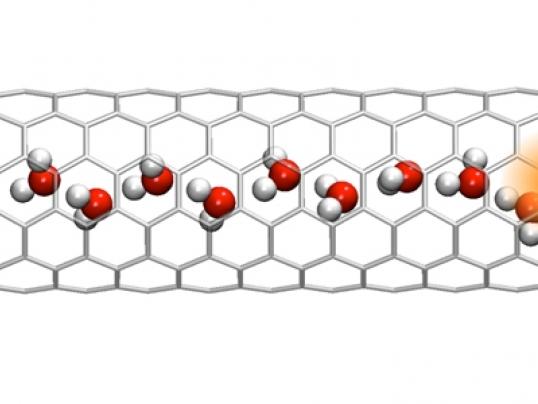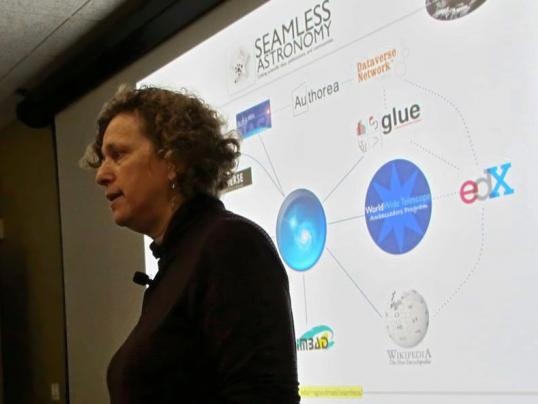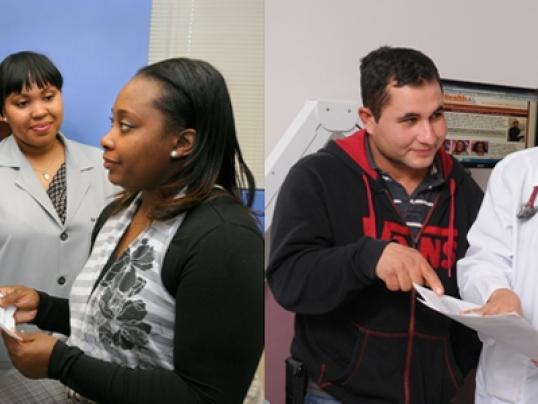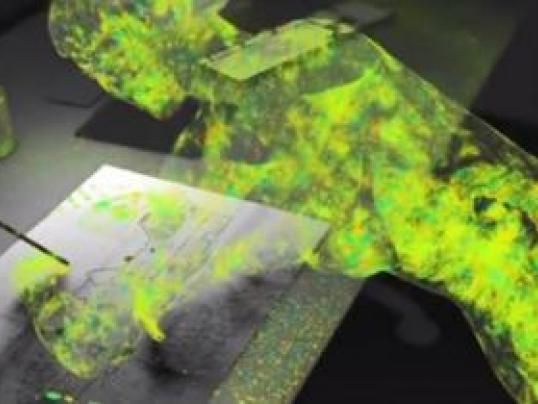Primary tabs

How Hydrated Excess Protons Make Their Escape
Wednesday, January 14, 2015
New computational chemistry research finds that protons can actually create their own “water wire” to leap from water molecule to water molecule.

Paper and Glue, Pixels and Ink
Friday, December 19, 2014
The scientific paper of the future isn't paper at all.

Virtual Evaluation: Modeling the Ripples of Health Care Information
Wednesday, November 19, 2014
Using RCC's high-performance computers, researchers at the Computation Institute and University of Chicago Medicine & Biological Sciences are creating a new tool for assessing health care innovations and policies.

Individual's Unique Microbial "Fingerprint" Drastically Affects Home Environment
Tuesday, September 2, 2014
Mounting evidence suggests that microscopic, teeming communities of microbes play a role in human health and disease treatment and transmission.

Computation Leads to Better Understanding of Flu Replication
Monday, June 16, 2014
University of Chicago scientists have published computational results that may give drug designers the insight they need to develop the next generation of effective influenza treatment.